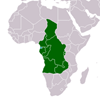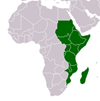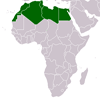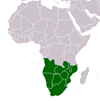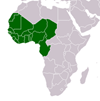Semi-Structured Document Classification
Semi-Structured Document Classification
Document classification developed over the last ten years, using techniques originating from the pattern recognition and machine learning communities. All these methods do operate on flat text representations where word occurrences are considered independents. The recent paper (Sebastiani, 2002) gives a very good survey on textual document classification. With the development of structured textual and multimedia documents, and with the increasing importance of structured document formats like XML, the document nature is changing. Structured documents usually have a much richer representation than flat ones. They have a logical structure. They are often composed of heterogeneous information sources (e.g. text, image, video, metadata, etc). Another major change with structured documents is the possibility to access document elements or fragments. The development of classifiers for structured content is a new challenge for the machine learning and IR communities. A classifier for structured documents should be able to make use of the different content information sources present in an XML document and to classify both full documents and document parts. It should easily adapt to a variety of different sources (e.g. to different Document Type Definitions). It should be able to scale with large document collections.
CITATION: Denoyer, Ludovic. Semi-Structured Document Classification edited by Wang, John . Hershey : IGI Global , 2008. Encyclopedia of Data Warehousing and Mining, Second Edition - Available at: https://library.au.int/semi-structured-document-classification

